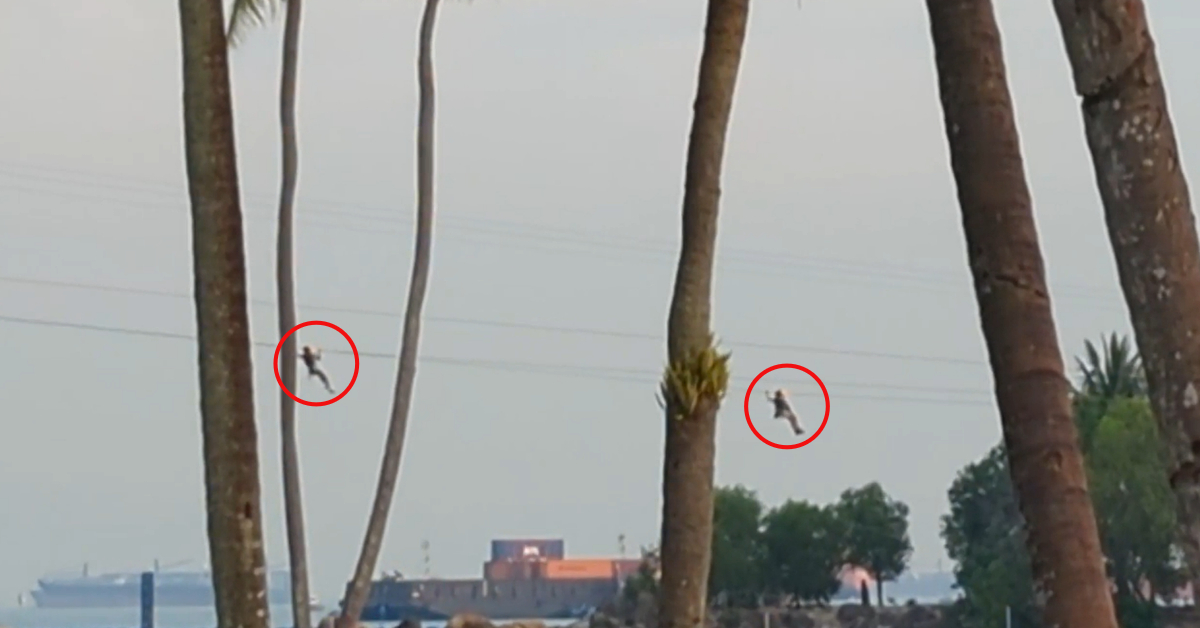I’m sure that everyone already knows how bad the COVID-19 situation is. There are now more than 335,400 people infected worldwide, and more than 14,600 people have died because of the virus.
And even Singapore has reported our first two deaths. It’s insane.

But there’s something else that we should be worried about.
Did you know that more than 4,000 cases of dengue have been reported since 2020 started?
This is double the number of cases in the same period last year.
Yep, we’ve been so caught up with the COVID-19 pandemic that we totally overlooked the seriousness of dengue.
As compared to 2017, there was a 90% increase last year in the rate of detection of habitats within homes where Aedes mosquitoes can breed.
However, that isn’t even the most worrying part. Instead, it’s the fact that there has been a spike in DENV-3 cases.
In case you didn’t know, DENV-3 is a serotype of dengue virus, and so far, it has already infected 48% of the total cases reported this year, as compared to the 26% infected by DENV-2.
DENV-2 VS DENV-3
So you might be wondering, what’s the big deal between DENV-2 and DENV-3? Is there really that big of a difference to be infected by either one?
Well, the DENV-2 serotype has been the predominant type of dengue virus that people in Singapore are infected with. This also means that we have built a stronger immunity to.
However, the National Environment Agency (NEA) is now investigating and monitoring the situation to see if DENV-3 may replace DENV-2 as the predominant serotype seeing as to how there are more people being infected with the former than the latter.
Why Should We Be Worried?
NEA said, “The rise in the proportion of DENV-3 cases is of concern, as we have not had dengue outbreaks driven by DENV-3 in Singapore for almost three decades.”
In case that isn’t clear for you, it means that most of us have lower immunity to DENV-3 and as a result, a larger proportion of us may be more susceptible to it.

Furthermore, the Aedes mosquito thrives on warmer temperatures and more intense rainfall brought about by climate change, and it just so happens that Singapore fits the bill.
So, unfortunately, according to Minister for the Environment and Water Resources Masagos Zulkifli, our weather will “facilitate the faster multiplication of the (Aedes mosquito) and dengue virus”.
With us being more susceptible to a rarer serotype and more mosquitoes carrying the virus, we definitely should be worried.
National Dengue Prevention Campaign
In order to fight the growing number of dengue cases and to prepare Singapore for it, NEA has brought forward the National Dengue Prevention Campaign and launched it on Sunday, 22 March.
The campaign is usually held in April or May, just before the traditional mid-year peak dengue season, but this time it starts in March, and the campaign will be extended by two months to last until May, so as to “sustain awareness at a higher level”.
During this campaign, the authorities will be going around and visiting residents at their homes to advise them on things like common mosquito breeding habitats as well as dengue prevention tips.
Measures Taken By Authorities
In January this year, the authorities deployed 14,000 more Gravitraps, which are essentially mosquito traps, in new private and Housing and Development Board estates in Singapore.
There are now 64,000 of such traps nationwide.
These traps are supposed to help remove female Aedes mosquitoes, and while these may work, it takes two hands to clap, and everyone in Singapore should do their part to ensure that we don’t accidentally breed Aedes mosquitoes in our homes.
So what should we do?
Preventing Dengue
58-year-old dengue prevention volunteer, Mr David Lee, shared that some residents don’t empty stagnant water from their flower pots enough, and this results in an increase in dengue breeding habitats within homes.
So a good way to start would be to ensure that you don’t ever have any stagnant water in pots or containers lying around at home.
Here are some tips given by NEA:
Advertisements

Living Room & Bedroom
- You should always change the water in flower vases on alternate days
- Scrub the inner surface of vases and wash plant roots with running water to remove mosquito eggs
Toilet
- When not in use, you should turn over and keep water storage containers like pails dry
- You should cover rarely-used gully traps and install anti-mosquito valves
Kitchen
- Make sure that all containers storing water are covered
- The water from dish rack trays should always be cleared
- Cover bamboo pole holders
HDB Corridors
- Flip, empty and scrub flowerpot plates thoroughly on alternate days to remove mosquito eggs
- Loosen hardened soil in potted plants on alternate days
- In order to ensure no collection of rainwater, you should remove unwanted receptacles
- You should keep scupper drains free from obstructions
Surrounding Areas of Landed Homes
- Fallen leaves and tree branches should be cleared from drains, and tree holes in gardens should be sealed up to prevent the collection of stagnant water
- You should clear blockages and place Bti insecticide in roof gutters once a month
- If you have water features, you should add sand granular insecticide into them
- Close inspection covers properly after maintenance, and seal up keyholes and gaps around the covers
While it may all seem quite troublesome to do, please remember that every action goes a long way.
Would you rather ignore these tips and risk getting infected with dengue? Or would you rather follow these habits to create a safe living environment for everyone?
And while everyone is concerned over the COVID-19 pandemic, please remember that that is not the only public health threat we have now.
Dengue is also a rising threat that we should look out for.
Stay safe, everyone!
Advertisements



